How to Prepare for Breast Augmentation in Gangnam
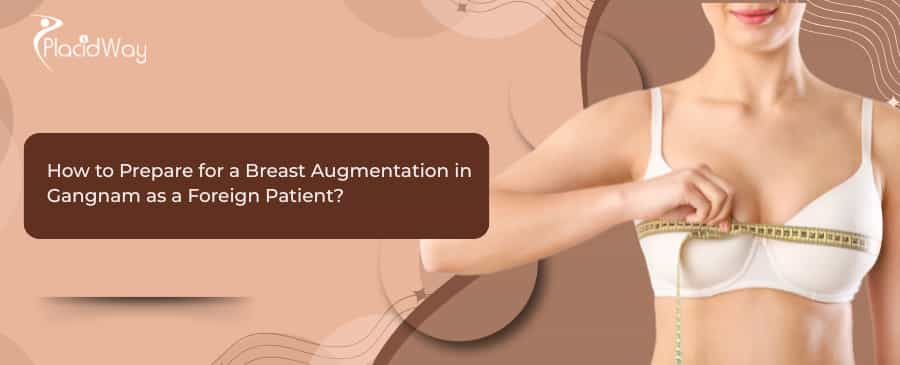
So, you’re thinking about breast augmentation. And not just anywhere, but in Gangnam, Seoul—the absolute epicenter of plastic surgery. That’s a huge, exciting decision! It’s totally normal to feel a mix of thrilled and, let's be honest, completely overwhelmed. Gangnam is famous for a reason: the skill, the technology, the *results*. But planning a major surgery in a foreign country? That’s a whole other level of planning.
Don't you worry. This guide is here to walk you through every single step. Think of it as your checklist to make sure your journey is as smooth and stress-free as possible. From the first "Hmm, maybe..." thought, to booking your flight home, we're going to cover everything. Preparing for breast augmentation in Gangnam, South Korea isn't just about the surgery; it's about the entire medical tourism experience.
Your Step-by-Step Preparation Guide for a Gangnam Breast Augmentation
This is a marathon, not a sprint. We've broken it down into ten manageable steps. Let's get started.
Step 1: The Deep-Dive Research Phase
Before you even email a clinic, you need to do your homework. This is the foundation for your entire trip.
- Why Gangnam? Understand what makes it a top destination. Gangnam's clinics are known for using advanced technology, like 3D imaging for virtual "try-ons," and specializing in implants that are popular in Asia and globally, such as Motiva and Mentor. They're obsessed with precision.
- Surgeon vs. Clinic: Don't just look for a flashy clinic name. You are choosing a surgeon. Look for board-certified plastic surgeons (this is critical!) who have extensive experience in breast augmentation, specifically. Look at their "before and after" galleries. Do their results match your aesthetic goals? Some patients want a very natural look, others want more projection. Find a surgeon whose work you love.
- Understand the Lingo: Get familiar with the terms.
- Implants: Saline (salt water) vs. Silicone (gel-like, feels more natural) vs. "Gummy Bear" (form-stable silicone that holds its shape).
- Placement: Submuscular (under the chest muscle, often gives a more natural slope, but recovery can be a bit tougher) vs. Subglandular (over the muscle, can provide more "oomph" upfront).
- Incisions: Inframammary (in the crease under the breast, very common), Peri-areolar (around the nipple), or Transaxillary (through the armpit, no scar on the breast itself).
This initial research helps you go into consultations knowing what you want and what to ask.
Step 2: The Virtual Consultation Circuit
You can't just fly to Seoul and knock on doors. The next step is "meeting" surgeons from the comfort of your couch. This is where a partner like PlacidWay is a lifesaver, connecting you directly with vetted, reputable clinics.
- How it Works: Most top Gangnam clinics offer free virtual consultations via WhatsApp, Zoom, or email. You'll fill out a form with your medical history and goals.
- Get Your Photos Ready: You'll need to send clear, well-lit photos of your chest from the front and sides. This is what the surgeon will use for their initial assessment. Be honest and open about what you're looking for.
- The Quote: After the consult, you'll receive a detailed quote.
- Crucial tip: Make sure you know what's included. Does it cover the surgery, anesthesia, implant costs, pre-op tests, post-op care, compression bras, and any included de-swelling treatments? A cheap base price might have a lot of hidden extras.
- Ask Questions! This is your time. Ask about their complication rates. Ask how many breast augmentations they perform on foreign patients. Ask about their follow-up care process.
Step 3: Booking, Visas, and Logistics
Okay, you've picked your clinic! Things are getting real. Now for the admin stuff.
- Booking Your Date: You'll coordinate with the clinic's English-speaking coordinator (they all have them). You'll likely need to pay a deposit (usually 10-20%) to secure your date. This often requires an international bank transfer.
- Passport & Visa (The K-ETA): Check your passport. It needs to be valid for at least six months past your travel date. The good news? Many countries (including the US, UK, Australia, and most of Europe) are visa-exempt for short stays. Instead, you'll need to apply for the **K-ETA** (Korea Electronic Travel Authorization).
- Apply for the K-ETA online at least 72 hours *before* your flight.
- It costs 10,000 KRW (about $9-10 USD).
- It's valid for 3 years, so you're set for future trips!
- If your country isn't eligible, you'll need to apply for a C-3-3 (Medical Tourist) visa, which the clinic will provide an invitation letter for.
- Flights: Book your flights to Incheon International Airport (ICN). Give yourself at least one full day before your surgery to settle in and do your in-person consultation.
- Accommodation: You'll need to stay in Korea for about 7 to 14 days post-op. Book a hotel or an Airbnb in the Gangnam area, near your clinic. You will *not* want to be taking long subway or taxi rides right after surgery. Many clinics have partnerships with nearby hotels that are set up for recovery patients.
Step 4: Medical & Financial Prep (Back Home)
This is the "get your body and bank account ready" phase. And it is not to be skipped.
- Get Medical Clearance: Your Gangnam clinic will give you a list of pre-op tests they need (EKG, blood work, chest X-ray, maybe a mammogram). You have two choices:
- Get them done with your local doctor at home. They must be recent (usually within 1 week of your surgery date).
- Get them done in Korea. Most clinics offer this, but you'll need to arrive 1-2 business days *before* your surgery to get it all done.
- STOP Smoking & Vaping: This is non-negotiable. Most surgeons will demand you stop all nicotine products at least **4 to 6 weeks** before and after surgery. Nicotine wrecks your blood flow and can lead to serious complications, like tissue death and bad scarring.
- Stop Certain Meds & Supplements: Your clinic will give you a list. You'll need to stop anything that thins your blood about 1-2 weeks before. This includes:
- Aspirin, Ibuprofen (Advil, Motrin)
- Vitamin E
- Omega-3 (Fish Oil)
- Ginseng and many other herbal supplements.
- Stop all alcohol consumption at least one week prior.
- Payment Plan: Figure out how you're paying the balance. Credit card? (Check your international transaction fees!) Bank transfer? (Do it in advance, they take time.) Some clinics even accept cash (KRW).
Step 5: How to Pack for a Surgery Trip
Packing for this is different than packing for a vacation. Comfort is everything.
- The "Post-Op Uniform": Zip-up hoodies and button-down shirts. You will NOT be able to lift your arms over your head to pull on a t-shirt. Pack several.
- Comfy Bottoms: Loose sweatpants, pajamas, elastic-waist pants.
- A Travel Pillow: The U-shaped neck pillow is amazing. You'll need to sleep on your back, propped up, and this will help you stay comfortable.
- Recovery Aids: Bendy straws (so you can drink while lying back), dry shampoo (your hair will get greasy), gentle face wipes, and lip balm (anesthesia makes you dry).
- Essentials: Passport, K-ETA approval, all communication from your clinic, your regular medications, and a Korean power adapter.
- Disguise Kit: A hat, big sunglasses, and a face mask. Perfect for your airport transfer and those first few days when you feel (and look) a bit rough.
Step 6: Arrival in Seoul & The Final Consult
You made it! You're in Korea. Here’s what happens next.
- Airport Transfer: Most clinics, especially those catering to foreigners, will arrange an airport pickup service for you. It's a huge relief after a long flight.
- Check In & Rest: Get to your hotel, settle in, and try to relax. Order some food (delivery apps like Baemin and Yogiyo are fantastic, though you might need a local to help set them up).
- The In-Person Consultation: This is usually the day before your surgery. You'll meet your surgeon (finally!). This is it. They will:
- Confirm your goals.
- Take final measurements.
- Use 3D simulation (like Vectra or Crisalix) to show you a preview of your results.
- Have you try on different implant sizers to confirm the size.
- Mark you up for surgery.
- Final Payment: This is typically when you'll pay the remaining balance for your procedure.
Step 7: Your Breast Augmentation Surgery Day
The big day. You'll be nervous. Totally normal. Here's the rundown.
- Fasting: You must have an empty stomach. No food or water (not even a sip!) for at least 8 hours before your surgery time. This is for your safety with the general anesthesia.
- At the Clinic: You'll change into a hospital gown. You’ll meet the anesthesiologist, who will review your medical history. Your surgeon will come in for one last chat and to make the final surgical markings on your chest.
- The Procedure: You'll be taken to the operating room, they'll start the IV, and you'll drift off to sleep. The surgery itself usually takes 1-3 hours.
- Waking Up: You'll wake up in a recovery room. You'll feel groggy, thirsty, and... tight. It's often described as a feeling of intense pressure or like you did a million push-ups. You'll already be in your surgical compression bra.
- Discharge: Most breast augmentations in Korea are outpatient, meaning you go "home" to your hotel the same day after a few hours of monitoring. The clinic will make sure you're stable, give you your prescriptions (pain meds, antibiotics), and send you off with your caregiver or in a clinic-provided transport.
Step 8: The First Week of Recovery in Gangnam
This is your "job" for the next week: rest, heal, and follow instructions.
- Pain Management: The first 2-3 days are the most uncomfortable. Stay on top of your pain medication schedule. Don't try to be a hero.
- The Bra: You will live in your compression bra 24/7. It's tight, but it's essential for minimizing swelling and supporting your implants as they settle.
- Follow-Ups: You'll go back to the clinic several times.
- 1-2 Days Post-Op: A check-up, and drain removal if you have drains (not all surgeons use them).
- 3-5 Days Post-Op: Another check.
- 7-10 Days Post-Op: Stitch removal (if they aren't dissolvable) and a "fit to fly" check.
- De-Swelling Treatments: This is a major perk of recovering in Korea! Most clinics include post-op care like LED light therapy (to speed up healing) and lymphatic drainage massages (to reduce swelling). Take advantage of these!
- Eating & Moving: Stay hydrated. Eat simple, low-sodium foods (salt makes you swell). Your main activity should be gentle, short walks around your hotel room or floor every few hours to keep your blood circulating. No lifting, pushing, or pulling.
Step 9: Getting the "Fit to Fly" & Heading Home
You're almost at the finish line. Before you leave, you'll have one last appointment.
- Final Check-Up: Your surgeon will examine you, check your incisions, and give you the green light to fly. They will give you a "Fit to Fly" certificate, just in case the airline asks.
- Navigating the Airport: This is where you'll be glad you're traveling light. Use the airport's wheelchair assistance service. Seriously. There's no shame in it. It's a long walk to the gate, and you should not be pulling a suitcase or carrying a heavy bag.
- On the Plane: Get an aisle seat if you can. Get up and walk the aisle every hour or so to prevent blood clots. Stay hydrated (water, not wine!).
Step 10: Long-Term Recovery Back Home
Your journey isn't over when you land. The "fluffing" phase—where the implants drop and settle into their final, natural-looking position—takes months.
- Follow the Rules: No strenuous exercise or heavy lifting for at least **4 to 6 weeks**. Your surgeon will give you a specific timeline.
- Aftercare: You'll get instructions on scar care (silicone sheets or gels) and breast massage (if your surgeon recommends it—this depends on the implant type).
- Patience is Key: Your final results won't be visible for 3, 6, or even 12 months. The swelling has to go down completely, and the implants need to settle. Trust the process!
Frequently Asked Questions (People Also Ask)
Here are some of the most common questions we see from international patients.
How much does breast augmentation cost in Gangnam, South Korea?
The breast augmentation cost in Gangnam varies wildly depending on the clinic, the surgeon's experience, and the type of implant. Generally, you can expect a range from ?5,000,000 to ?15,000,000 (roughly $4,000 to $12,000 USD). This is often an "all-in" price that includes the surgery, implants, and post-op care, but always confirm what's included in your specific quote.
How long do I absolutely *need* to stay in South Korea?
Plan for a minimum of 7 days post-surgery. Many clinics prefer you stay for 10-14 days. This allows for all your major follow-up appointments, any initial stitch or drain removal, and for the surgeon to give you the "all clear" before that long flight home.
Can I travel alone for plastic surgery in Korea?
You *can*, but it's strongly recommended to have a companion or caregiver for at least the first 24-48 hours. You will be groggy from anesthesia and will need help getting back to your hotel and getting food. If you must travel alone, some medical tourism agencies and clinics offer post-operative caregiver services for an additional fee.
What's the real recovery time? When can I go back to work?
You can typically return to a desk job (working from home) within 5-7 days. You'll still be sore, but manageable. You must avoid all strenuous activity, exercise, and heavy lifting (anything over 10 lbs) for at least 4 to 6 weeks. Listen to your surgeon's specific timeline.
Is it safe to get plastic surgery in Gangnam?
Yes, South Korea has incredibly high standards for medical care. The key to safety is *your research*. Choosing a board-certified plastic surgeon and a reputable, government-approved clinic is the most important thing you can do. This is why using a trusted facilitator like PlacidWay is so valuable—we only partner with clinics that have been thoroughly vetted for safety, qualifications, and patient results.
What implants are most popular in Korea?
While all types are available, many Gangnam clinics excel in using modern, cohesive gel implants (gummy bears) like Motiva and Mentor. These are known for their natural feel and low rupture rates. Your surgeon will discuss which implant shape, size, and texture is best for your body and your goals.
What happens if I have a complication back home?
This is a critical question to ask during your consultation. Reputable clinics will have a clear policy. For minor issues, they will guide you via virtual follow-ups (photos, video calls). For major, though rare, complications, you may need to see a local surgeon. Some clinics offer a form of medical tourism insurance, or you can purchase your own policy for peace of mind.
Don't Navigate This Journey Alone
Reading this guide, you can see that preparing for breast augmentation in Gangnam is a serious undertaking. It’s exciting, but the logistics—from finding the right surgeon to coordinating tests, travel, and accommodation—can be a full-time job.
You don't have to be your own travel agent, translator, and medical researcher.
PlacidWay Medical Tourism is here to be your partner. We specialize in connecting international patients with South Korea's most prestigious, board-certified surgeons and clinics in Gangnam. We take the guesswork and the stress out of the process.
Contact PlacidWay today for a free, no-obligation consultation. Let us help you get and compare quotes from top-tier clinics, understand your options, and start planning your transformation with confidence.


.png)
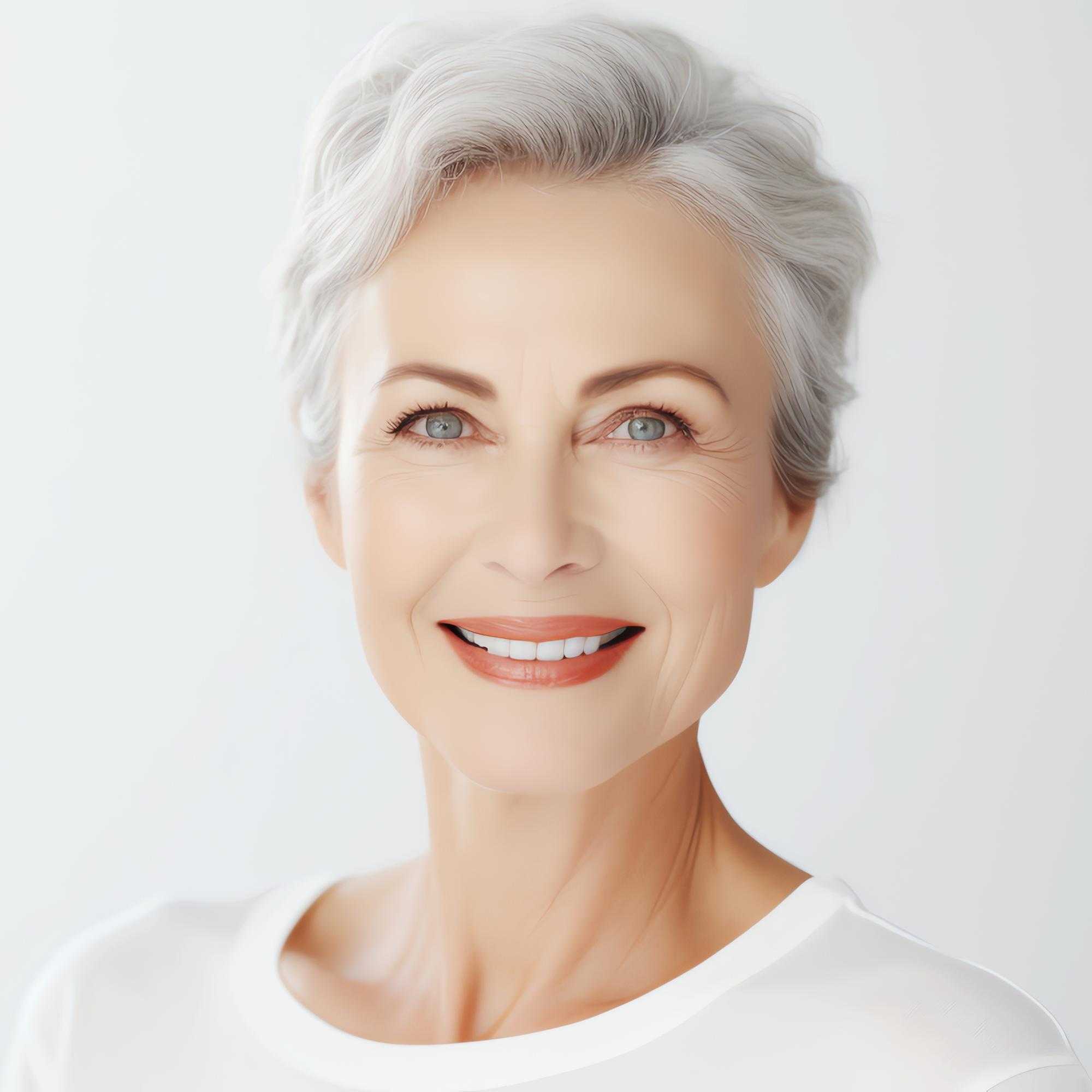
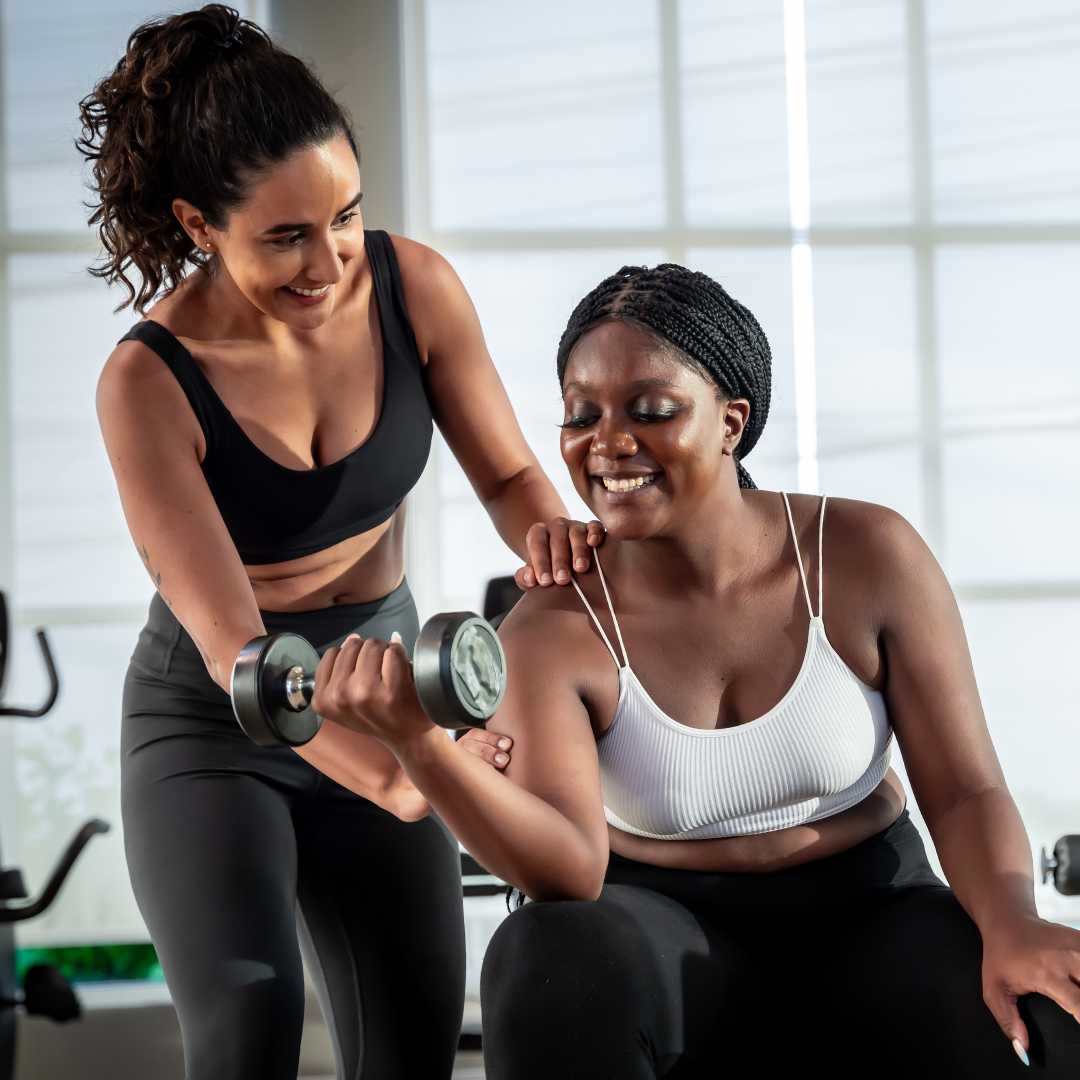
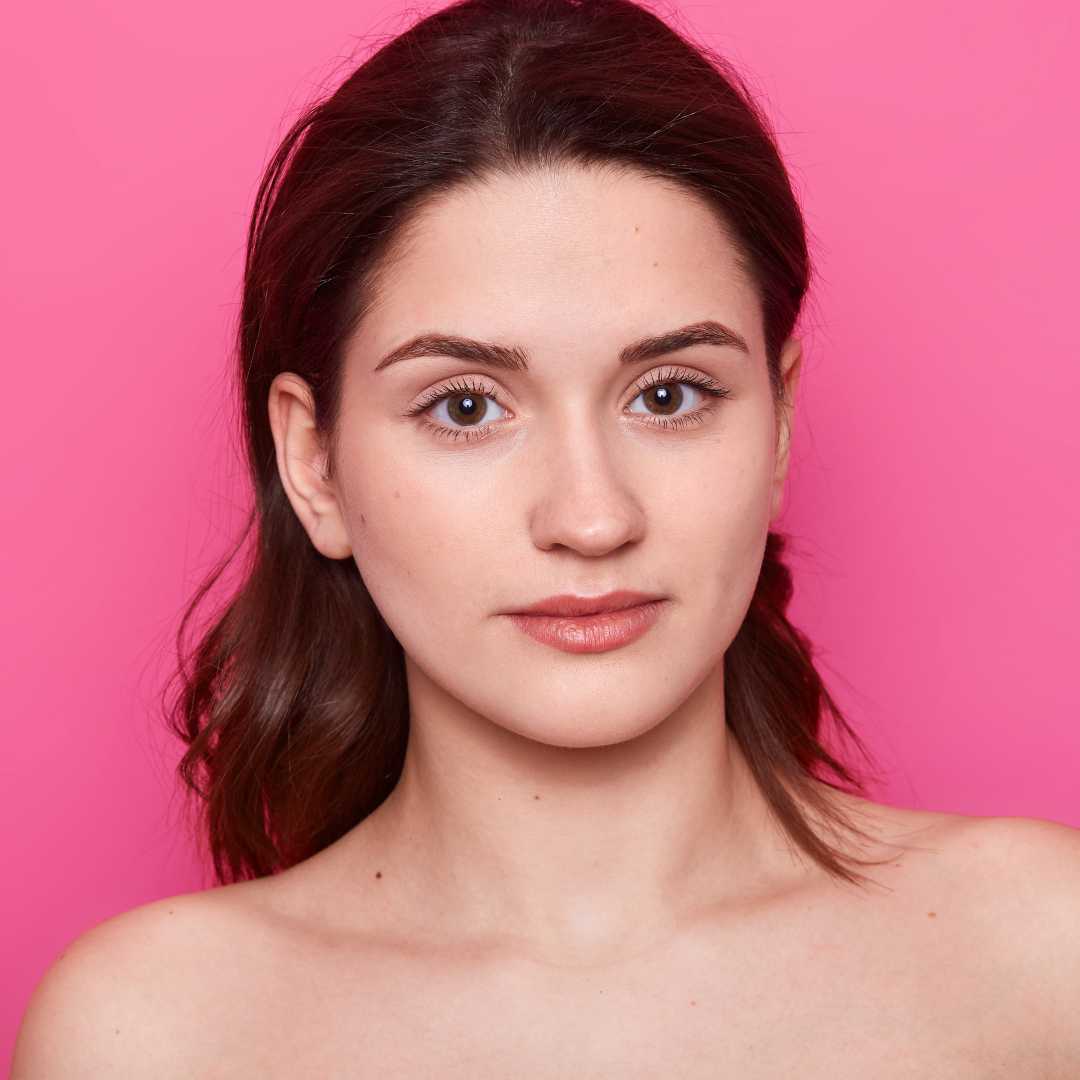




.png)
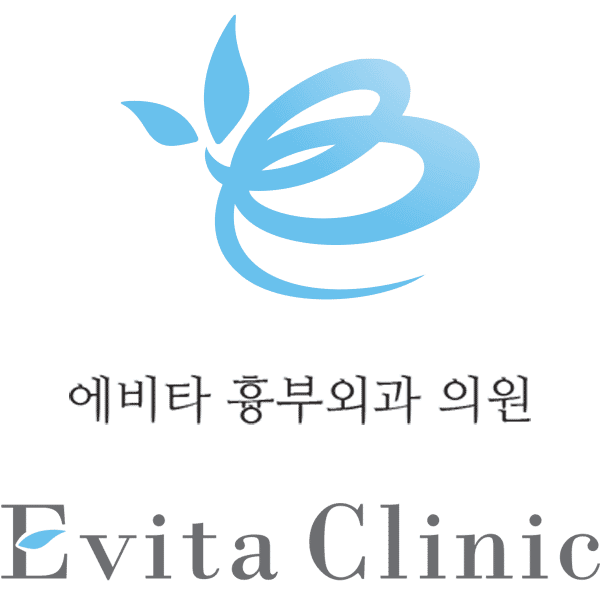
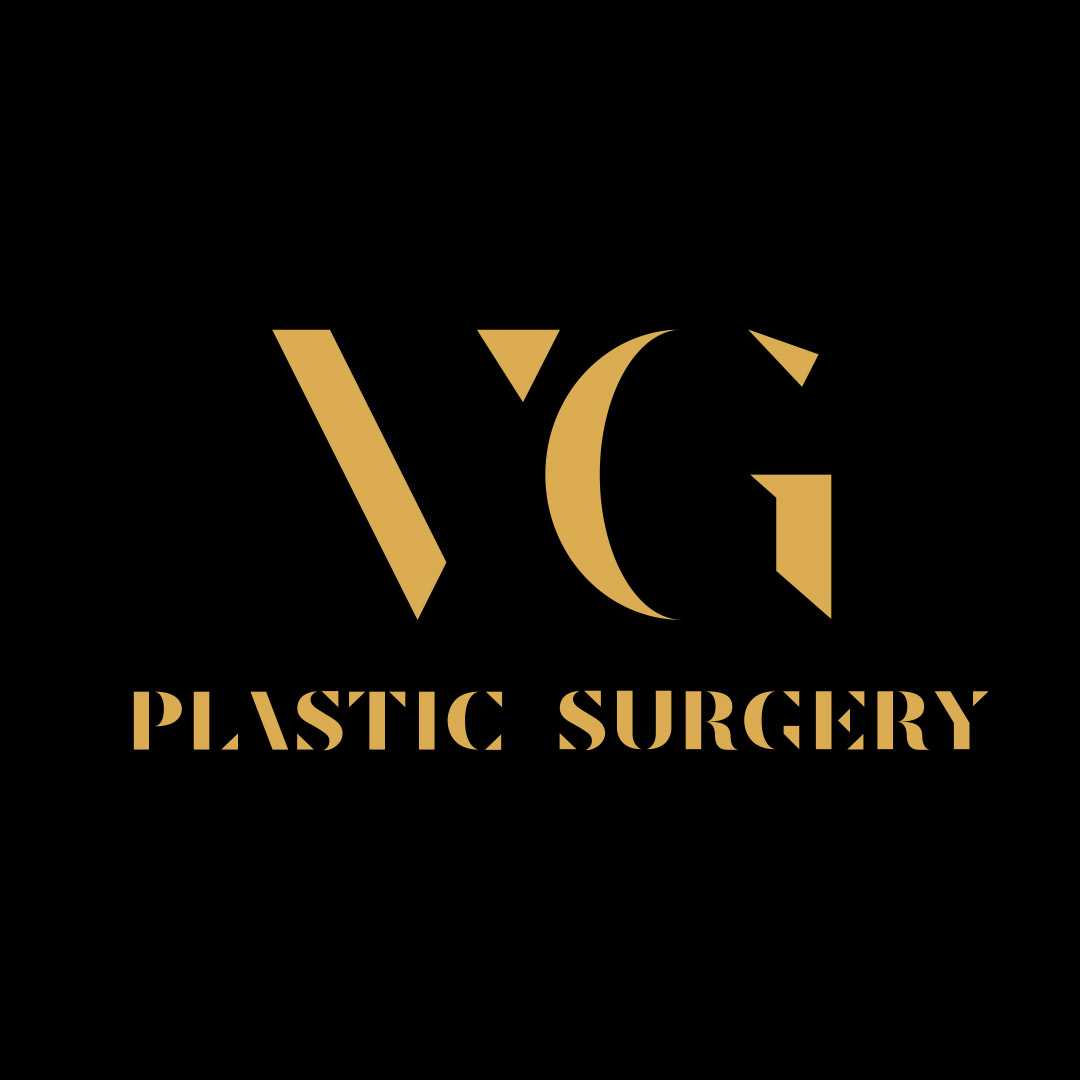
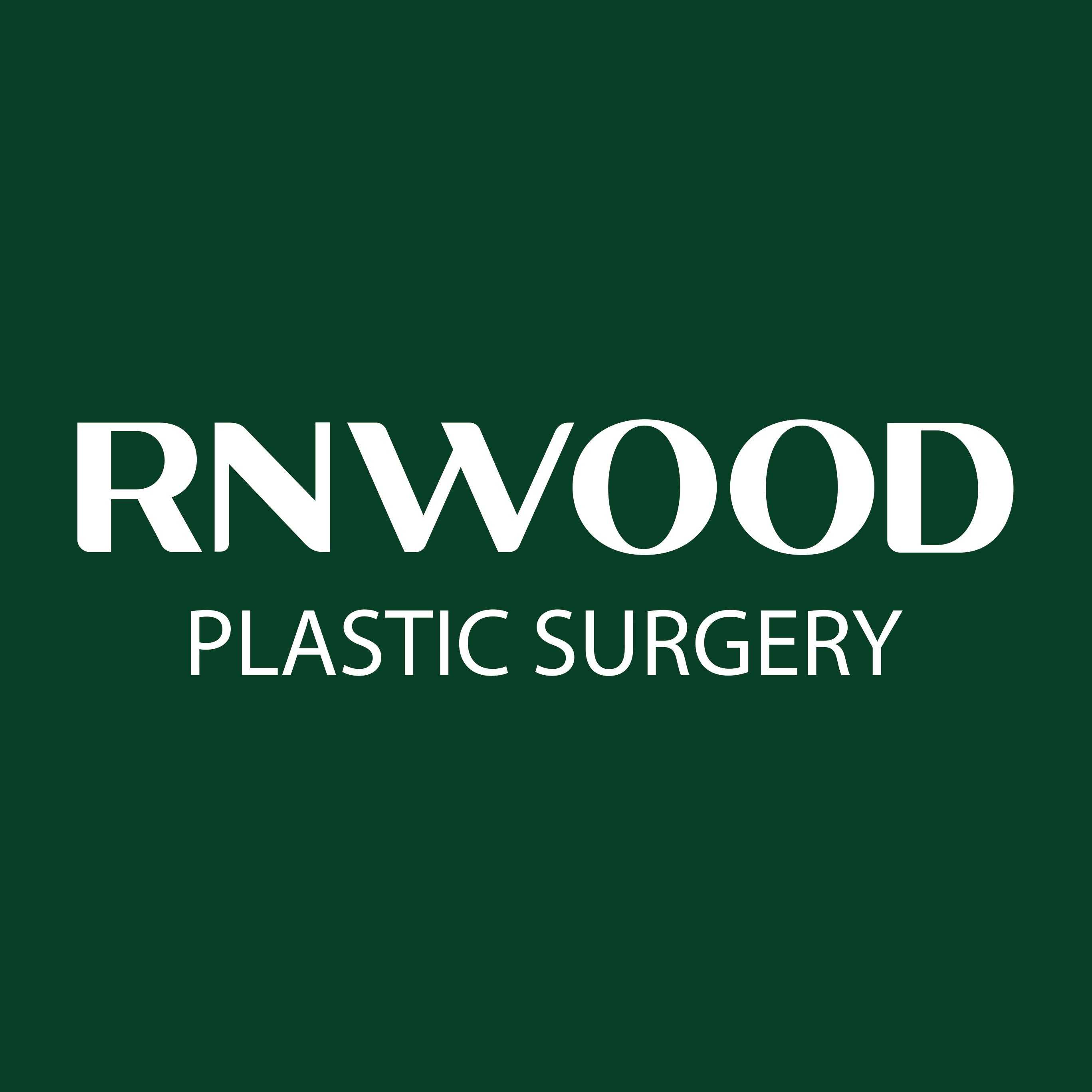
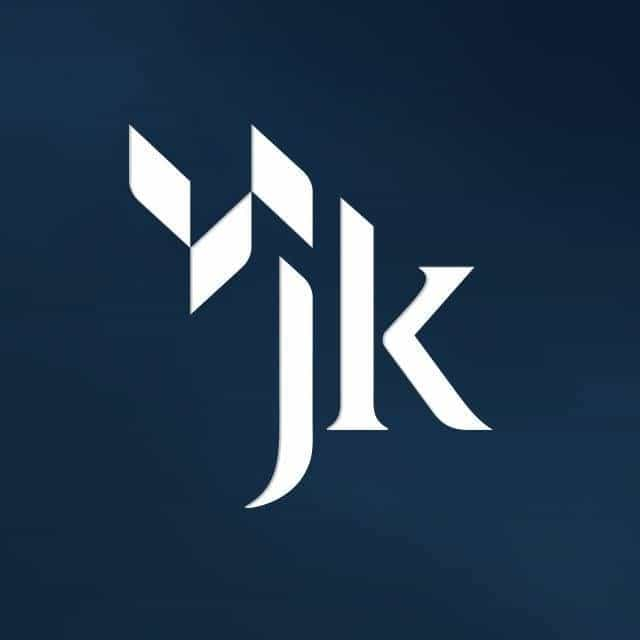
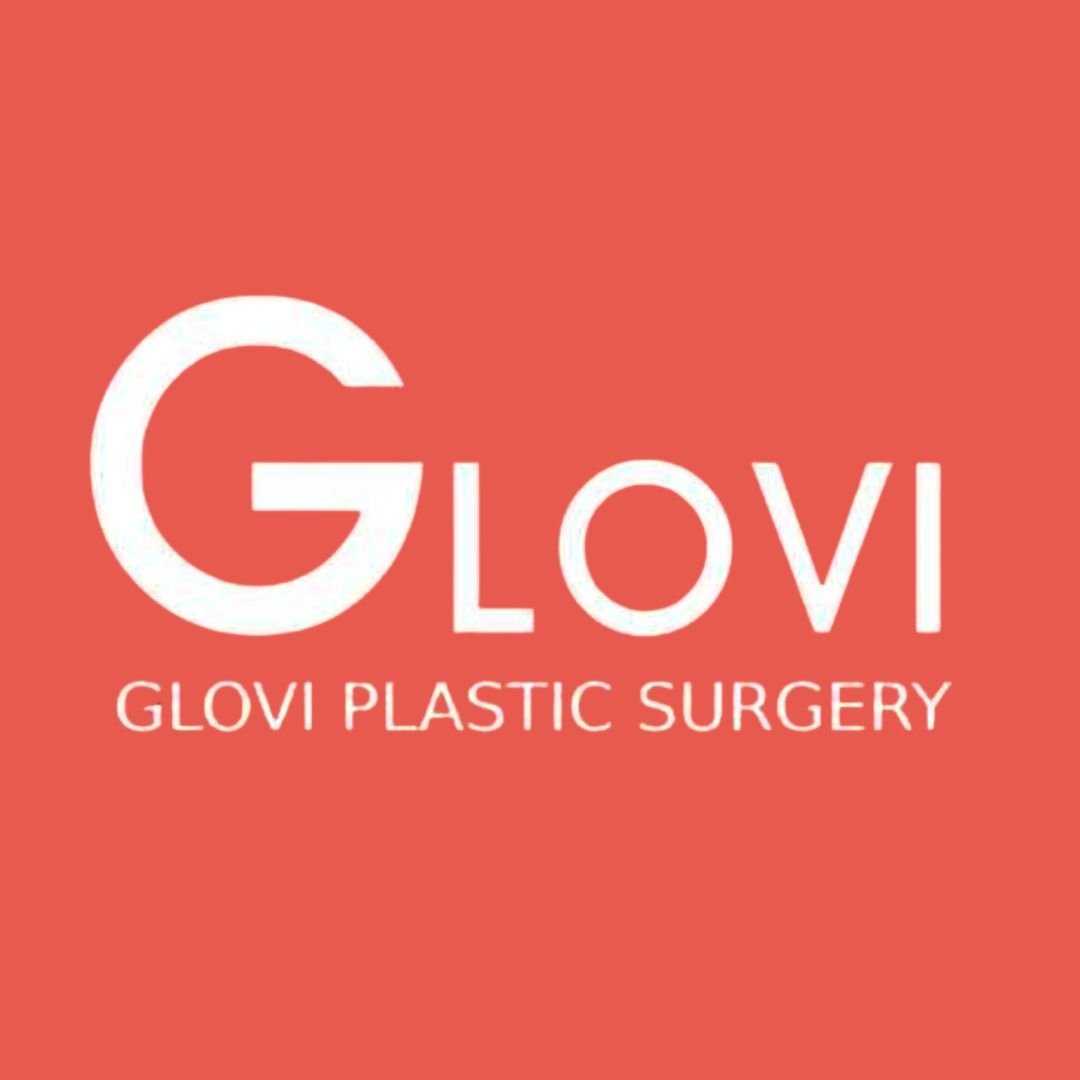

Share this listing